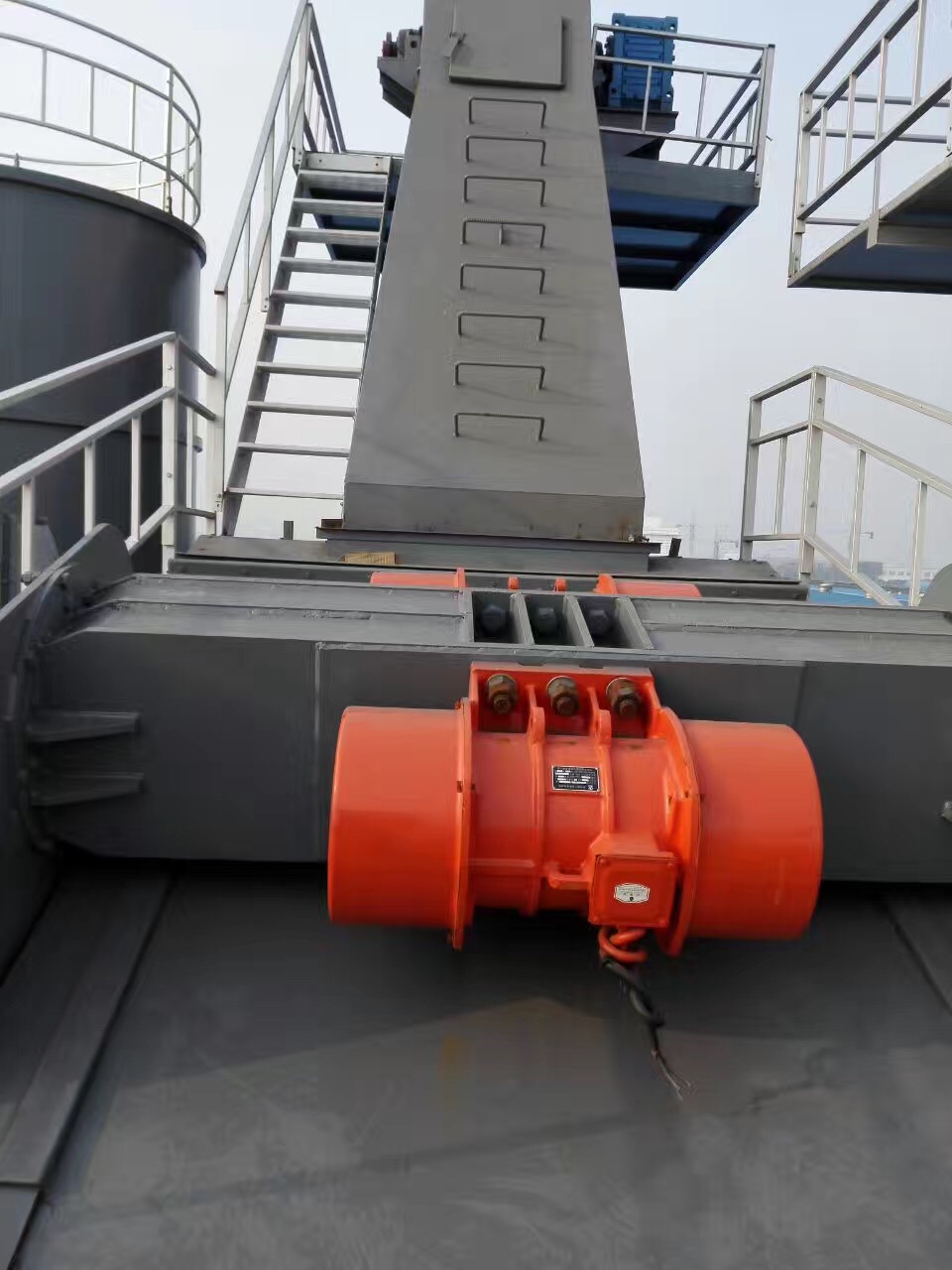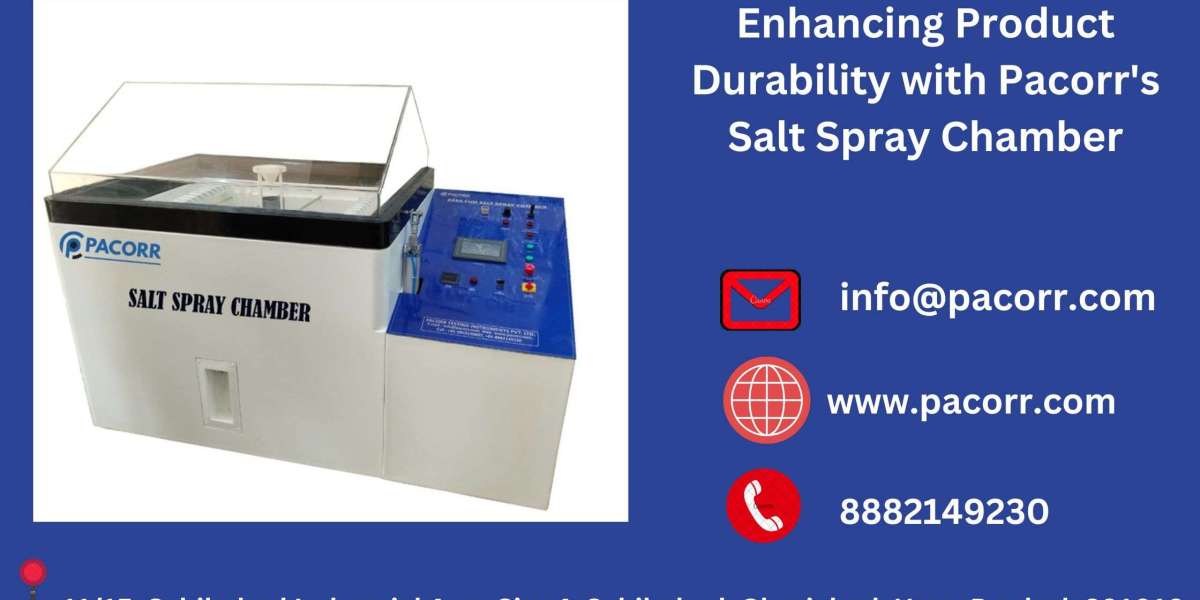In the mining and building materials industries, sand and gravel vibrating screens play a crucial role in separating and grading materials. The efficiency and accuracy of these screens largely depend on the performance of their core driving device: the vibrating screen motor. Choosing the right motor is essential for ensuring optimal screening performance, reliability, and longevity of the entire system.

1. Vibration Motor Performance: The Heartbeat of the Screen
As the core driving device of the sand and gravel vibrating screen, the performance of the vibration motor directly determines the excitation intensity, material conveying efficiency, and screen stability of the screening system. A high-quality motor should provide consistent and reliable vibratory force to ensure efficient material separation and minimize downtime due to mechanical failures.
Details to Consider:
Excitation Force: The motor should generate sufficient excitation force to maintain efficient screening, even under high-frequency and high-load conditions.
Energy Efficiency: A motor with high energy efficiency reduces operational costs and environmental impact.
Material Handling: The motor must be capable of handling abrasive and moist materials commonly found in sand and gravel applications without premature wear.
2. Impact Resistance and Fully Enclosed Structure
In sand and gravel grading scenarios, vibrating screens are exposed to constant impact from falling materials. Therefore, an impact-resistant motor is crucial. A fully enclosed structure further protects the motor from environmental contaminants, such as dust and moisture, which can lead to premature failure.
Details to Consider:
Material Composition: Motors with hardened steel components or special coatings can withstand repeated impacts.
Sealing System: A robust sealing system prevents ingress of debris and moisture, maintaining the motor's internal cleanliness and lubrication.
Ventilation: Adequate ventilation within the enclosed structure prevents overheating and extends motor life.
3. Dynamic Balance Adjustment Function
A vibrating screen motor with a dynamic balance adjustment function ensures smooth and stable operation, minimizing vibrations transmitted to the supporting structure. This feature is particularly important in high-frequency applications where even slight imbalances can lead to significant mechanical stress and noise.
Details to Consider:
Balancing Weights: Adjustable balancing weights allow for fine-tuning the motor's balance, reducing vibrations and enhancing stability.
Sensor Integration: Motors equipped with sensors can monitor vibration levels in real-time, alerting operators to potential imbalances before they cause damage.
Ease of Adjustment: The adjustment mechanism should be accessible and user-friendly, allowing for quick and accurate balancing adjustments.
4. Continuous Operation Reliability
In industries such as mining and building materials, where downtime can be costly, the reliability of the vibrating screen motor is paramount. Motors designed for continuous operation must withstand extended use without significant degradation in performance.
Details to Consider:
Thermal Management: Motors with advanced cooling systems maintain optimal operating temperatures, preventing overheating and wear.
Overload Protection: Built-in overload protection features prevent motor damage during sudden load spikes.
Maintenance Requirements: Motors with minimal maintenance requirements reduce operational complexity and downtime.
5. Screening Accuracy and Application-Specific Customization
Different sand and gravel grading scenarios require varying levels of screening accuracy. Motors should be customizable to meet specific application needs, ensuring optimal performance and efficiency.
Details to Consider:
Frequency and Amplitude Adjustment: Motors with adjustable frequency and amplitude settings allow for fine-tuning the screening process to achieve desired separation results.
Customization Options: Manufacturers should offer a range of customization options, including motor size, power output, and control systems, to match specific application requirements.
Technical Support: Access to expert technical support ensures that motors can be tailored to unique screening challenges and maintained in optimal condition.
Conclusion
Choosing the right sand and gravel vibrating screen motor involves a careful consideration of its performance, impact resistance, dynamic balance adjustment function, reliability, and customization options. By focusing on these key factors, industry professionals can select a motor that not only meets their current needs but also adapts to future challenges, ensuring efficient, reliable, and cost-effective screening operations. With the right motor in place, sand and gravel producers can maximize productivity, minimize downtime, and maintain a competitive edge in their respective markets.









